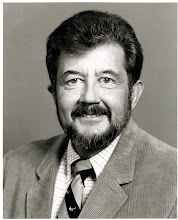We all know there is a longest day of the year in the Northern Hemisphere (It coincides with the shortest day of the year in the Southern Hemisphere). Technically speaking, the summer solstice occurs when the sun is directly overhead the Tropic of Cancer, or 23.5° north latitude. In 2017, this will occur at exactly 12:24 am (Eastern) on the 21st [of June]. (But we’ll celebrate on the 20th anyway.)*
If you pass a plane through the Earth and the Sun, called the ecliptic, the poles of the Earth should be a right angles to the plane; however, the Earth is tilted by 23.5 degrees for some reason (perhaps hit by a Mars-sized body billions of years ago), So between March and September, Earth’s Northern Hemisphere gets more exposure to direct sunlight over the course of a day. The rest of the year, the Southern Hemisphere gets more. It’s the reason for the seasons.*
In the Northern Hemisphere, "peak" sunlight usually occurs on June 20, 21, or 22 of any given year. That’s the summer solstice. By contrast, the Southern Hemisphere reaches peak sunlight on December 21, 22, or 23 and the north hits peak darkness — that’s our winter solstice.*
Today we experienced nearly 15 hours of sunlight, a fraction of a second longer than the day before or the day after. I hope you spent the extra time wisely.
The further north you are, the more sunlight you’ll see during the solstice. Alaska-based climatologist Brian Brettschneider created this terrific guide:*
(Click on figure to enlarge)
In case you noticed, the earliest sunrise actually came about a week ago and latest sunset will come about a week after June 20th. This is due to solar time that I will not go into. We will lose on average roughly two minutes a day of sunlight as the days progress.
*https://www.vox.com/science-and-health/2017/6/19/15832952/summer-solstice-2017
Subscribe to:
Post Comments (Atom)


No comments:
Post a Comment